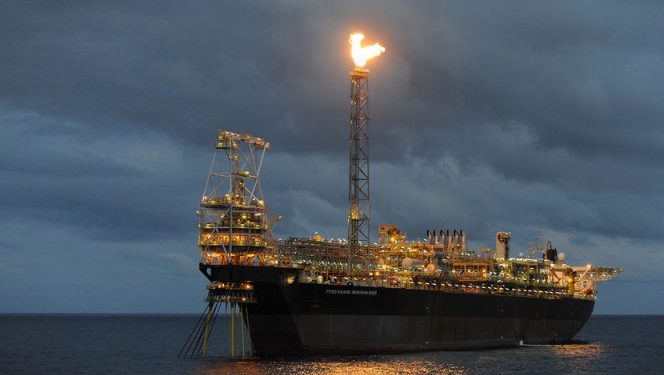Upstream Petroleum Expenditure Falls to $643m in H1 2025 – PIAC Report
Total upstream petroleum expenditure across Ghana’s three producing fields — Jubilee, TEN, and Sankofa-Gye Nyame (SGN) — amounted to US$643.09 million in the first half of 2025, representing a 3.84 percent decline from the US$668.79 million recorded in the same period in 2024.
This was contained in the Public Interest and Accountability Committee’s (PIAC) 2025 Semi-Annual Report on the management and utilisation of petroleum revenues.
According to the report, the Ghana National Petroleum Corporation’s (GNPC) share of the total expenditure stood at US$68.14 million, accounting for 10.6 percent of the total.
Jubilee Field Expenditure Declines 18.5%
The Jubilee Field accounted for the largest share of upstream spending, though total expenditure fell by 18.5 percent to US$272.28 million in H1 2025, compared to US$333.96 million in H1 2024.
Production costs on the field rose significantly to US$157.38 million, from US$92.13 million a year earlier, reflecting maintenance-related operational costs during the March–April planned shutdown.
However, development costs declined sharply to US$114.90 million, from US$241.82 million in the same period last year, following the completion of key infrastructure works in 2024.
TEN Field Records Marginal Rise in Spending
The Tweneboa-Enyenra-Ntomme (TEN) Field saw a marginal 0.6 percent increase in total expenditure, rising to US$176.02 million in H1 2025, from US$174.90 million in H1 2024.
Production costs increased to US$64.61 million, compared to US$58.48 million the previous year, while development costs dipped slightly to US$111.41 million, from US$116.38 million.
PIAC attributed the higher production costs to routine maintenance and a mini-shutdown to replace the flare tip, which temporarily curtailed output.
SGN Field Spending Up 21.8%
The Sankofa-Gye Nyame (SGN) Field recorded a 21.8 percent increase in total expenditure, reaching US$194.79 million in H1 2025, up from US$159.93 million in H1 2024.
Production costs rose to US$116.60 million, compared with US$95.09 million a year earlier, reflecting increased maintenance and reservoir management spending.
However, development costs decreased to US$78.19 million, down from US$64.84 million in the previous year, as fewer new capital projects were undertaken.
Sector Outlook
PIAC observed that while total upstream spending moderated slightly in the review period, rising production costs across all fields could constrain profitability and government revenue inflows if production volumes continue to decline.
The Committee urged operators and the GNPC to prioritise cost efficiency and optimise field operations to sustain output and revenue in the medium term.








